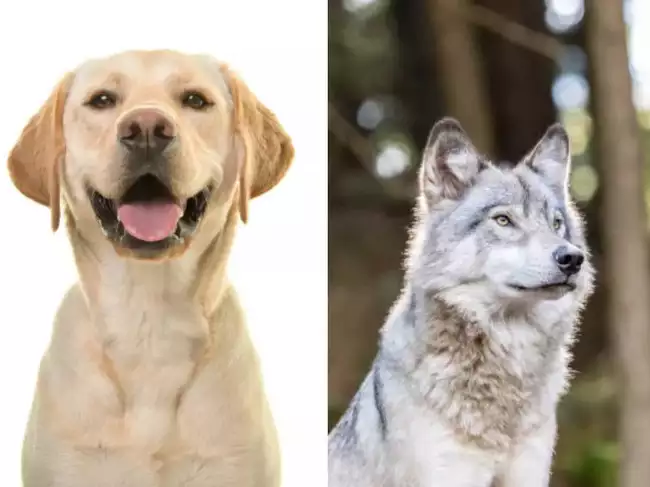
Thousands of years ago all species of animals lived in the wild and roamed our planet freely. However, centuries ago, humans domesticated some species for their own benefit. This list is fairly endless from dogs, donkeys, camels, and horses to cattle, sheep, pigs, and goats. In the 19th Century, naturalist Charles Darwin was among the earliest to detect something interesting about these animals "different species often developed similar changes when compared to their ancient wild ancestors”. How could that be? Come, let's find out.
The set of shared changes seen in domesticated animals is referred to as "domestication syndrome". And, for long, one of the main reasons for this was attributed to the tamer behaviour of domesticated animals. It is understandable that our ancestors would have selected calmer animals of the lot for domestication, and so, this trait continued in the subsequent generations too, irrespective of the species. Some of the noticeable changes are "shorter faces, smaller teeth, more fragile skeletons, smaller brains, and different colours in skin, fur, and feathers". (Remember, not all species display all the changes. A few species may share several of these changes while some may share just a few. But all of them seem to display at least a few changes.)
One of the theories associated with tamer behaviour is that it "somehow triggered all of the other traits too". Another theory states that "selection for tameness causes the other features because they're all linked by genes controlling neural crest cells. These cells, found in embryos, form many animal features-so changing them could cause several differences at once". However, a new hypothesis by researchers suggests that these theories are over-simplified and do not offer the complete picture. They say the "removal of pre-existing selection" is as important as tameness. For instance, domesticated animals may not face the threat of predators, and "so wild traits for avoiding them might be lost. Similarly, competition for mating partners too comes down, bringing down "wild reproductive features and behaviours". Since domesticated animals are provided food, this could change not just their "metabolism and growth" but even their features over a period of time.
The researchers argue that several selective changes are at play when it comes to the characteristics of domesticated animals, not just "selection for tameness".
Picture Credit : Google




